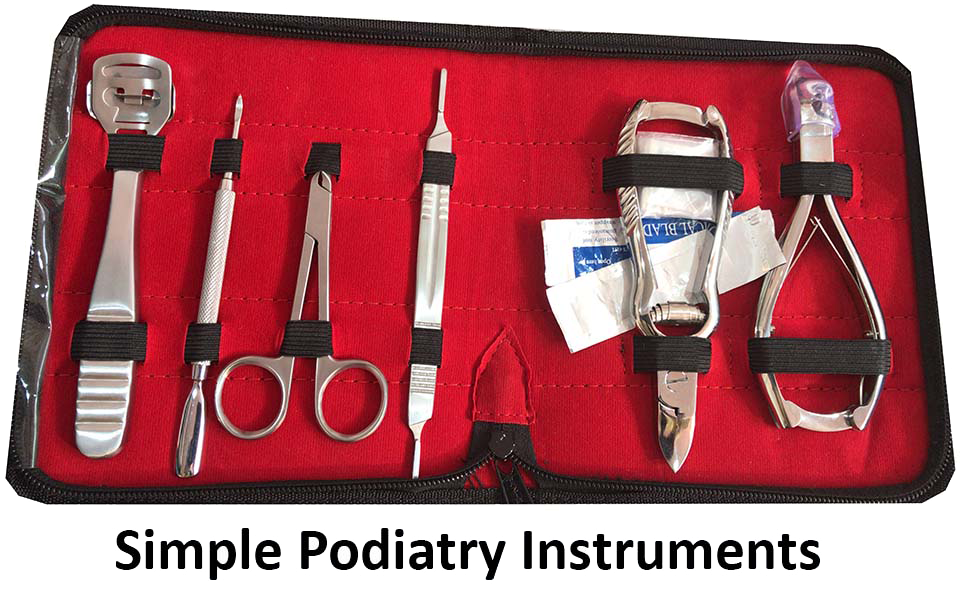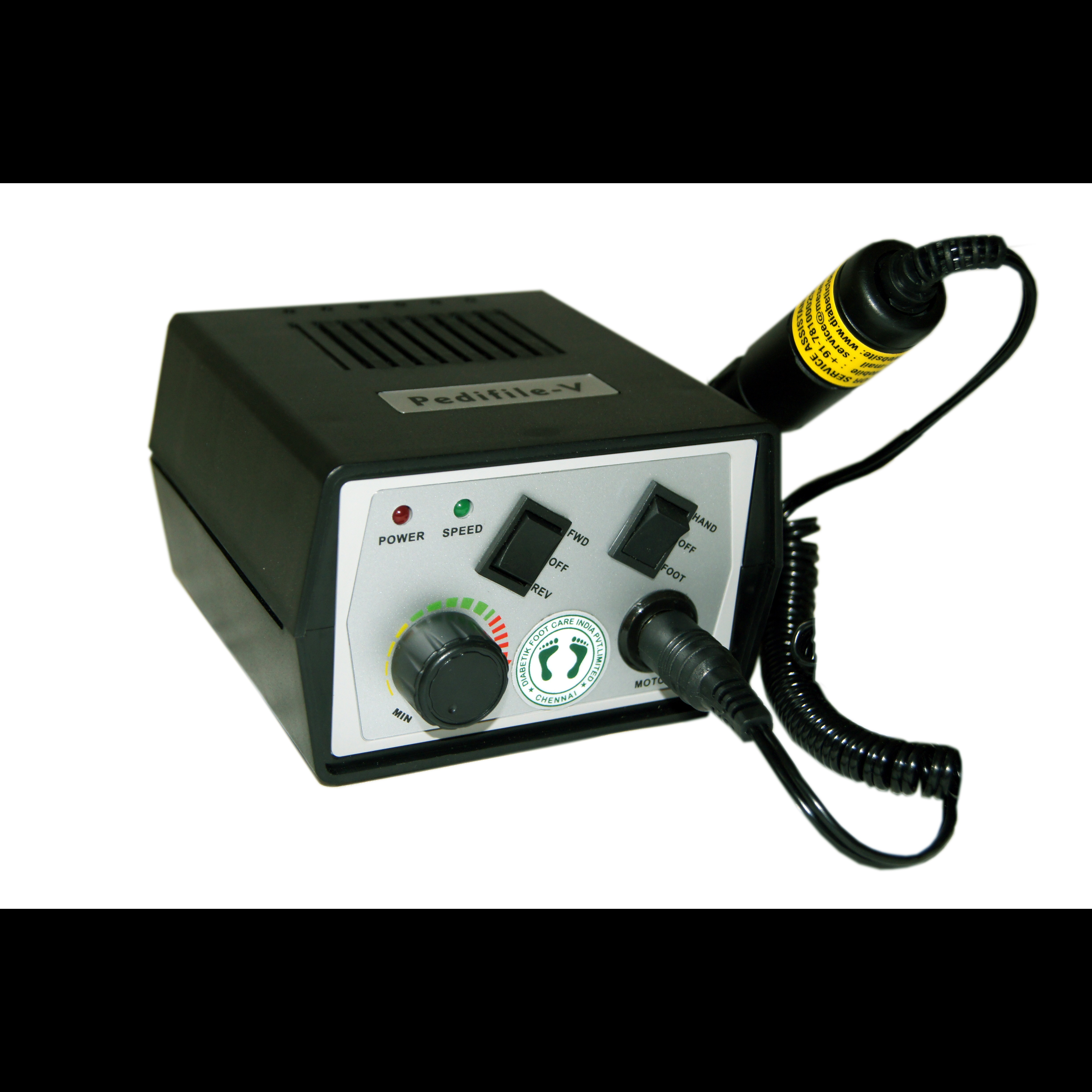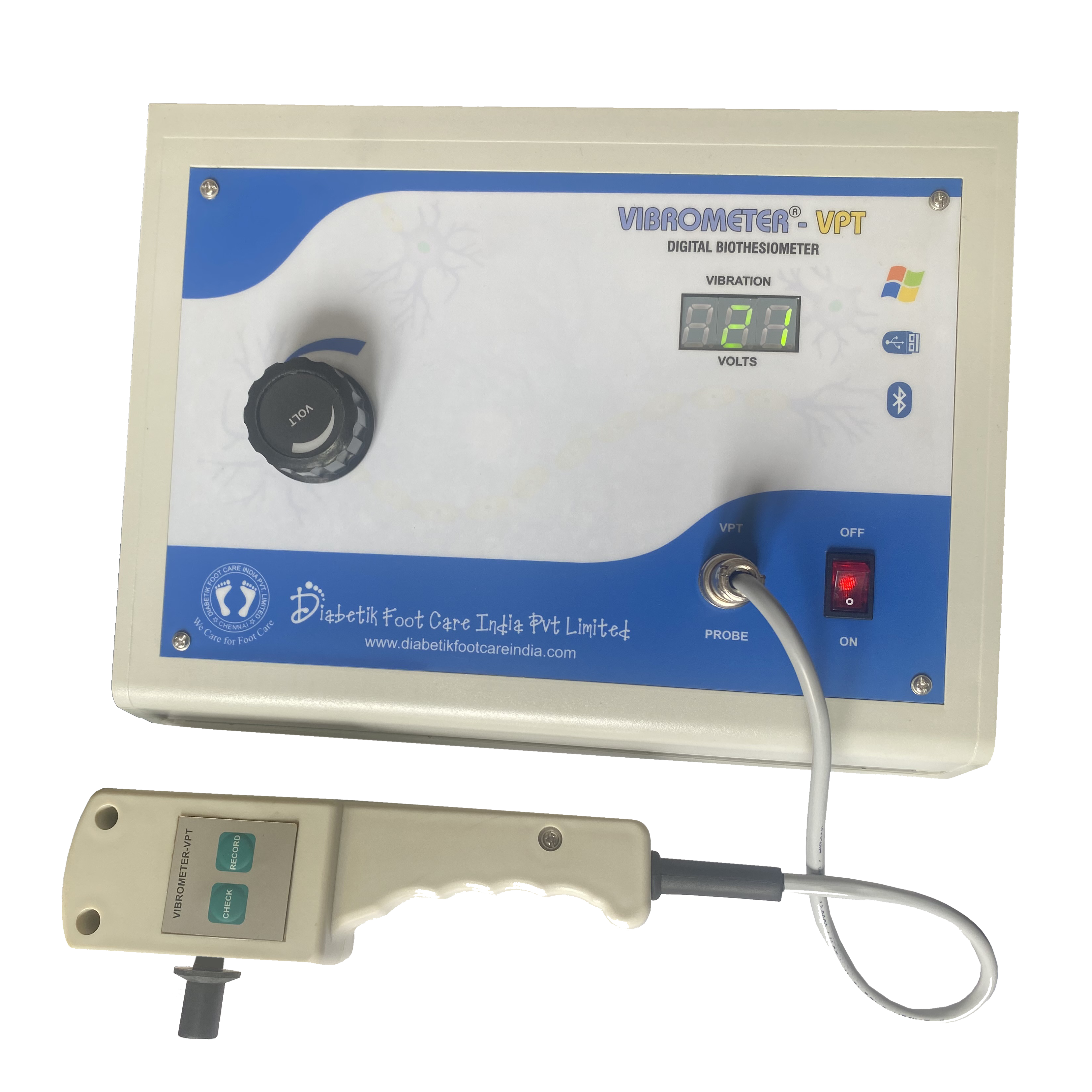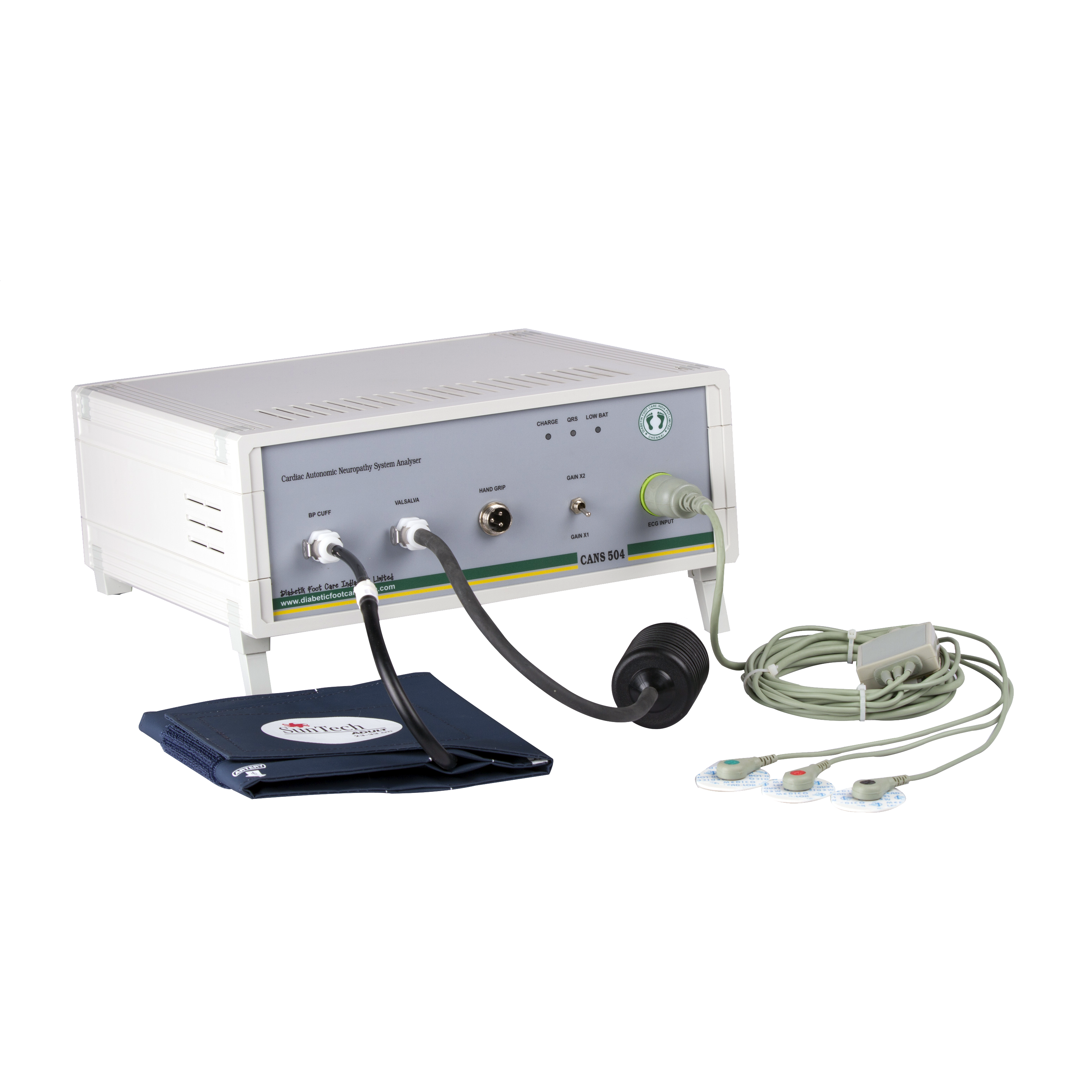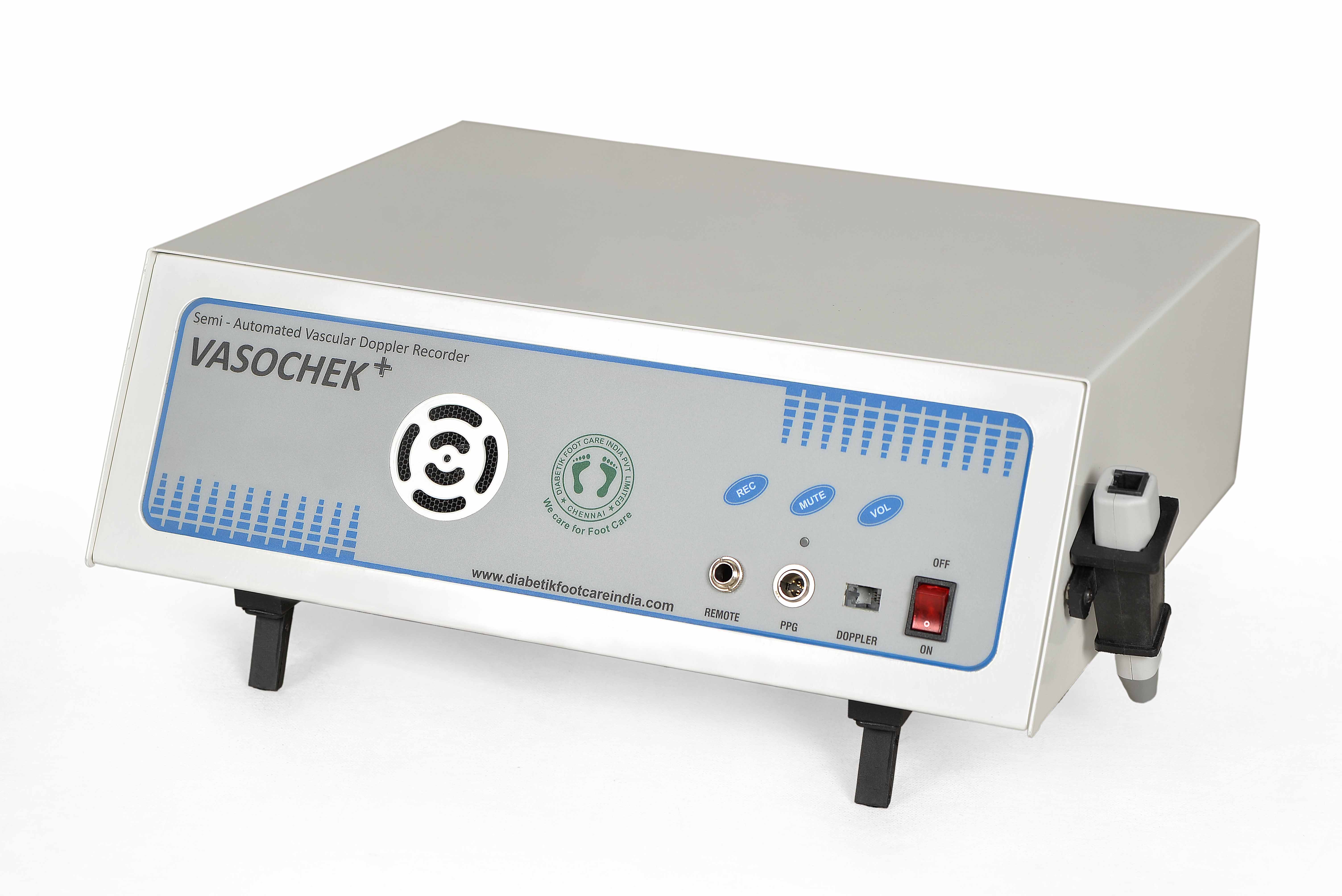
Non-Invasive Testing Methods For PAD
Whenever one suspects Peripheral Arterial Disease (PAD), the clinician must perform few non-invasive vascular testing methods that are commercially available and widely implemented. They include the ankle brachial index ABI), the toe-brachial index(TBI), segmental Pressure Study and pulse volume recording(PVR) and transcutaneous oxygen monitoring(TCPO2).
Ankle Brachial Index:
The ankle brachial index is the most well-known, non-invasive vascular testing tool. ABI test is performed with a Doppler and a blood pressure cuff. One calculates the ABI by dividing the ankle pressure by the brachial systolic pressure. An ABI of < 0.9 is abnormal and ABI values have a linear correlation with wound healing potential in lower extremity wounds. Patients with DM may have calcified and hardened lower extremity arterial walls that cannot be readily compressed and occluded with blood pressure cuffs. This produces falsely elevated ankle pressure readings that are often in the “normal ABI range” (0.9 to 1.4) or sometimes in the non-physiological range of above 1.4. However, Calcified leg arteries in Diabetes Mellitus or dialysis patients may yield falsely elevated ABI results.
Toe-Brachial Index:
The digital arteries in great toes are less affected by medial arterial calcification. One would calculate TBI by dividing the blood pressure of the great toe by the systolic brachial blood pressure. A TBI value of < 0.7 is considered abnormal. Absolute Toe pressure of > 55mmHg is considered normal. Toe pressure < 30 mmHg is considered severely ischemic.
Keywords
DM
One
The
PVR
PAD
TCPO
55mmHg
An ABI
30 mmHg
Doppler
ABI test
TBI value
great toe
clinician
ABI values
normal ABI range
digital arteries
dialysis patients
Diabetes Mellitus
linear correlation
blood pressure cuff
physiological range
elevated ABI results
ankle brachial index
Absolute Toe pressure
toe-brachial index(TBI
pulse volume recording
lower extremity wounds
Calcified leg arteries
wound healing potential
segmental Pressure Study
brachial systolic pressure
Peripheral Arterial Disease
Non-Invasive Testing Methods
medial arterial calcification
lower extremity arterial walls
transcutaneous oxygen monitoring
systolic brachial blood pressure
elevated ankle pressure readings
non-invasive vascular testing tool
non-invasive vascular testing methods

